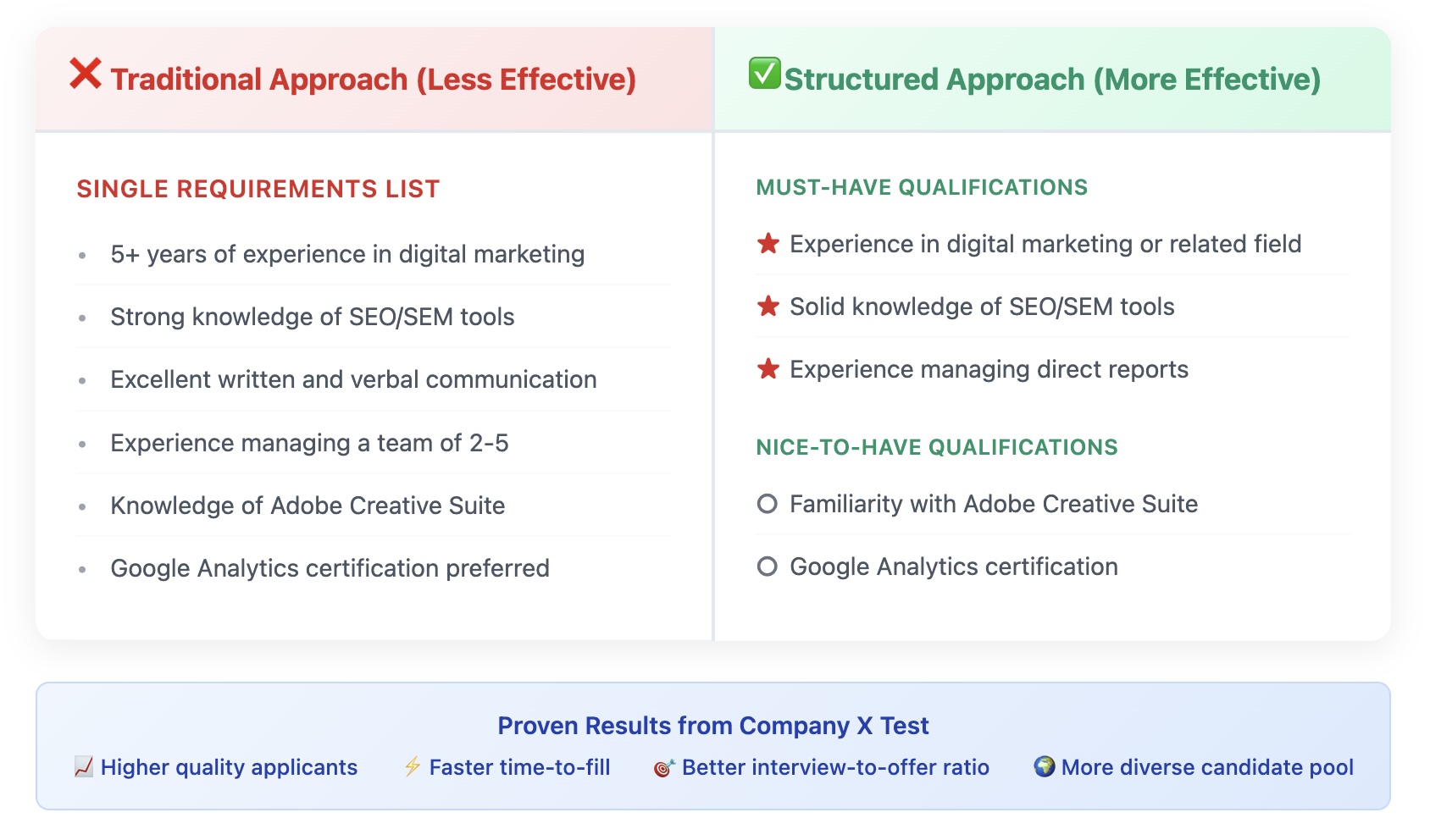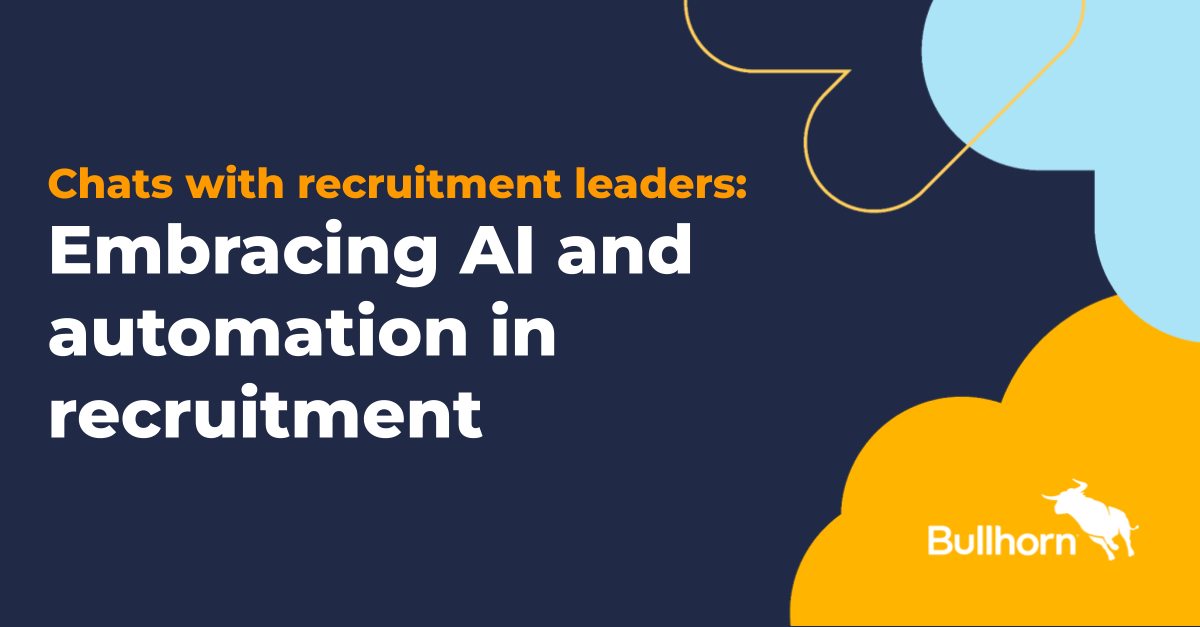In today’s fast-changing business world, your greatest asset isn’t your technology or product; it’s your people. But finding, developing, and retaining top talent takes more than intuition. It takes strategy, data, and the right tools.
That’s where talent management and succession planning platforms come in.
Whether you’re navigating high turnover, preparing for retirement, or simply aiming to build a future-ready workforce, these platforms can help you identify your next generation of leaders and ensure no role is left uncovered.
Let’s break down why these solutions matter, what they offer, and how to choose the best one for your organization.
What Is Talent Management?
Talent management is the strategic approach to attracting, developing, motivating, and retaining employees. It encompasses a wide range of HR activities, including:
An effective talent management strategy aligns individual goals with organizational objectives, improving both productivity and retention.
But talent doesn’t just need to be managed – it needs to be nurtured.
What Is Succession Planning?
Succession planning is a focused component of talent management. It involves identifying and developing internal candidates to fill key leadership and critical roles in the future.
This forward-thinking approach ensures that your business can operate smoothly during transitions, whether they’re planned (like retirements) or unexpected (like sudden departures).
Succession planning platforms help organizations:
- Identify high-potential employees
- Assess readiness for leadership roles
- Create development plans to close skill gaps
- Ensure leadership continuity across departments
Together, talent management and succession planning platforms form a powerful combination for long-term workforce sustainability.
Why These Platforms Matter Now More Than Ever
Today’s workforce is facing unprecedented shifts:
Without a digital strategy to manage and grow talent, companies risk losing institutional knowledge, overworking key players, and falling behind in a competitive hiring landscape.
The solution? A modern, user-friendly talent management and succession planning platform that empowers HR teams and supports long-term growth.
Core Features to Look For in a Talent Management Platform
An effective platform should be more than a digital filing cabinet. Look for tools that actively support your people strategy.
1. Integrated Performance Management
Easily track employee goals, reviews, and feedback. The best systems tie performance metrics directly into succession readiness and promotion decisions.
2. Learning and Development Modules
Support career growth with training programs, certifications, and skill assessments. Help employees develop the competencies they need for future roles.
3. Talent Review Dashboards
Visualize top performers, flight risks, and potential successors using real-time data and custom reports.
4. Career Pathing and Internal Mobility
Give employees clear visibility into growth opportunities. Encourage retention by promoting from within.
5. Succession Bench Strength Analysis
Evaluate your bench strength for key roles. See where you’re covered, and where you’re not.
6. AI-Powered Insights
Leverage predictive analytics to identify high-potential employees and anticipate leadership gaps.
7. Customizable Workflows
Adapt the platform to align with your organizational structure, approval hierarchies, and compliance requirements.
Benefits of Talent Management and Succession Planning Software
Implementing the right platform delivers measurable benefits across your organization:
Increased Retention
Employees are more likely to stay when they see a clear future with your company. Succession planning platforms help create that visibility.
Better Leadership Development
Spot rising stars early and help them grow. Targeted development plans close gaps and reduce leadership turnover.
Reduced Risk
Unexpected departures don’t have to throw your business into chaos. Platforms provide real-time insights so you’re never caught off guard.
Greater Efficiency for HR
Instead of juggling spreadsheets and manual evaluations, HR teams can utilize automated tools to save time, standardize processes, and enhance the user experience.
Alignment with Company Culture
The right platform supports values-driven leadership development by aligning role expectations with your company culture and strategic goals.
Who Uses These Platforms?
Talent management and succession planning platforms are used by:
- HR professionals and talent acquisition teams
- Learning & Development (L&D) departments
- Business unit leaders and department heads
- C-suite executives seeking workforce continuity
Whether you’re in healthcare, finance, education, technology, or manufacturing, workforce planning is crucial—and these tools provide the roadmap.
Best Practices for Successful Implementation
Technology alone isn’t enough. To truly maximize ROI, follow these best practices:
Start with Clear Goals
Define what you want to achieve, higher retention, faster promotions, stronger bench strength, and align stakeholders from the start.
Involve Key Leaders
Successful succession planning requires input from team leaders who understand performance and potential.
Promote Employee Empowerment
Allow employees to take ownership of their development plans. Transparency leads to trust—and stronger engagement.
Ensure Data Accuracy
Your platform is only as good as the data in it. Keep employee data current and integrate it with your broader management software stack.
Review Regularly
Succession plans shouldn’t sit idle. Update them after performance reviews, organizational changes, or major business shifts.
Final Thoughts
The future of your company depends on the people you develop today. Without a strong talent pipeline and leadership succession strategy, even the best-run business can hit a wall.
With the right talent management and succession planning platform, you can build a more agile, resilient, and engaged workforce, one that’s ready to meet tomorrow’s challenges.
You’ll not only boost retention and reduce risk but also create a thriving culture where employees know they have a future. And that’s a win worth planning for.
Ready to transform your workforce planning strategy?
Explore how SutiHR can help streamline your talent management and succession efforts. Request a demo today.











